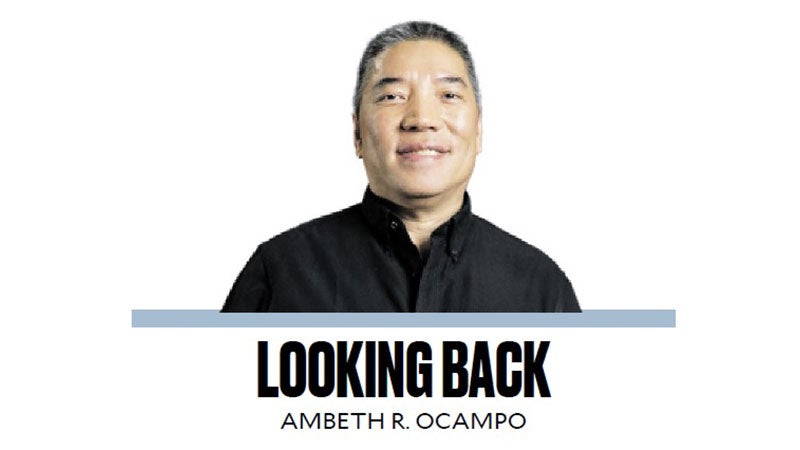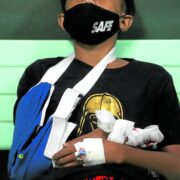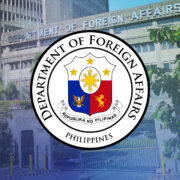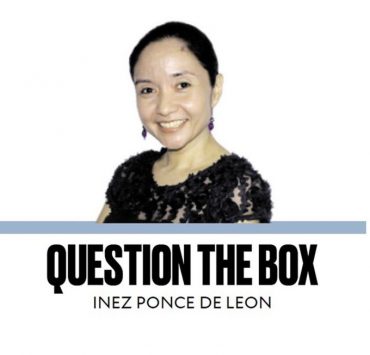Church vs state

Once upon a time, archbishops of Manila wielded more than spiritual power; they also had temporal power that could challenge or match that exercised by civil authorities. A visual representation of this can be seen at the National Museum of the Philippines, through a huge and powerful painting by Felix Resurreccion Hidalgo, which complements Juan Luna’s bloody “Spoliarium.”
Known today under the title “Assassination of Governor Bustamante,” the artist depicted the murder of Spanish Governor General Fernando Bustamante y Bustillo, on the marble steps of the Palacio del Gobernador in Intramuros, by a mob of religious priests identified by their habits as Dominicans and Franciscans. Palace guards, with their weapons drawn, are shown at the bottom of the painting arriving too late to save Governor Bustamante, who is wounded and being dragged down the stairs by a rope around his body. A friar behind Bustamante is poised to strike, while other friars swirling in the background wield crucifixes and religious banners.
Previously, the painting was known under different titles: “La tragedia del Governador Bustamante (The Tragedy of Governor Bustamante)” or the more generic “La Iglesia contra el Estado (church versus state).” The painting was not publicly exhibited in the artist’s lifetime. After Felix Hidalgo’s death in 1914, the painting made its way from Paris to Manila and remained in storage until its first public exhibition at the National Museum in 1974. The painting was formally donated to the museum by the heirs of Leandro V. Locsin in 2013.
The assassination of Bustamante has always fascinated me because there seemed to have been no closure to an event that was a direct assault on royal authority on the islands. But then the Spanish King was so far away in Madrid. Manila was so far away that when royal decrees arrived by ship from Spain, officials would take the document, show reverence to it, and then exercise what my history teachers said was called “cumplase.” The official need not follow orders he thought were inapplicable on the islands; he simply declared: “obedezco pero no cumplo (I obey but do not comply).” This being Holy Week, I remembered exceptional instances when the governor and archbishop did not see eye to eye. In 1591, Manila Archbishop Domingo de Salazar and Governor Gomez Perez Dasmariñas disagreed over authority in the administration of Cavite and Parañaque. In Chinatown today, we have Dasmariñas and Salazar streets that should remind us of history rather than hopia and tikoy. I have always maintained that street names, monuments, and historical markers are established as reminders of the past, but in actual practice are ignored and neglected.
Another instance of church vs state occurred in the years 1635-1636 between Governor General Sebastian Hurtado de Corcuera and Manila Archbishop Hernando Guerrero. The highlight of this conflict was the arrest and exile to Mariveles of Bishop Guerrero, who was later restored. Governor Corcuera suffered karma after his term when his enemies conspired to have him imprisoned. He left Manila to serve as governor of the Canary Islands.
One of the issues was the right of sanctuary. A murderer sought refuge in the San Agustin Church and invoked sanctuary. Under the rules, he could not be “surrendered” to arresting officers without the consent of the church. Sounds familiar in the context of ex-president Rodrigo Duterte imprisoned in The Hague, right?
Francisco de Nava, a soldier, was having an affair with his slave Maria. The archbishop ordered De Nava to sell the slave. He refused. Maria was taken from him and placed in the service of Governor Corcuera’s wife. De Nava saw Maria on the street and offered to marry her. When she refused, he stabbed her to death. Governor Corcuera ignored De Nava’s sanctuary, had him arrested, forcibly removed, and executed outside the church.
Finally, there was the conflict between Governor General Juan de Vargas y Hurtado and Archbishop Felipe Pardo in 1683, which I will not detail anymore for lack of space. What is relevant in this story was the humiliation of the governor by excommunication. To be absolved, the governor was required by the archbishop to do penance for four months:
“During the first month, he must go on every feast day to divine worship in the cathedral, clad in the sackcloth robe of a penitent, and with a halter round his neck; and in this guise, he must listen in public to Mass. The second month, he must do the same at the convent of Santo Domingo (take note the bishop was a Dominican), third month at San Gabriel, the fourth at Binondo.”
After all this humiliation, he was only to be absolved “privately” even if he made such a public penance. If the governor refused the above, he had to option to:
“Erect in the plaza, at his own expense, a scaffold or stage, and then give notice that it is there; and the archbishop would go to absolve him thereon. Vargas must go thither naked from the girdle upward, wearing yellow hose, and carrying a green candle; and on the stage he would be flogged.”
I wouldn’t want to experience Holy Week in the 17th-century Philippines. Penance today is much lighter: just three Our Fathers, three Hail Marys, and three Glory Bes.
Ambeth is a Public Historian whose research covers 19th century Philippines: its art, culture, and the people who figure in the birth of the nation. Professor and former Chair, Department of History, Ateneo de Manila University, he writes a widely-read editorial page column for the Philippine Daily Inquirer, and has published over 30 books—the most recent being: Martial Law: Looking Back 15 (Anvil, 2021) and Yaman: History and Heritage in Philippine Money (Bangko Sentral ng Pilipinas, 2021).


















